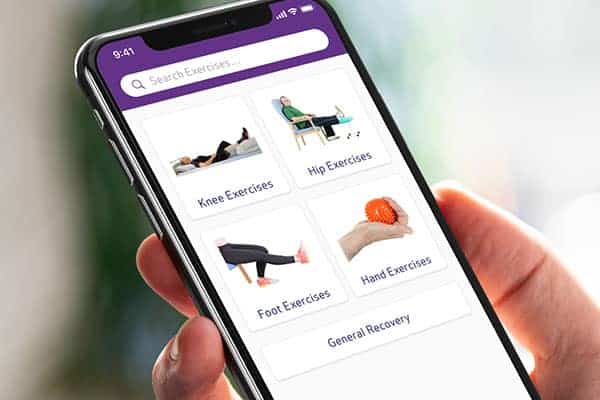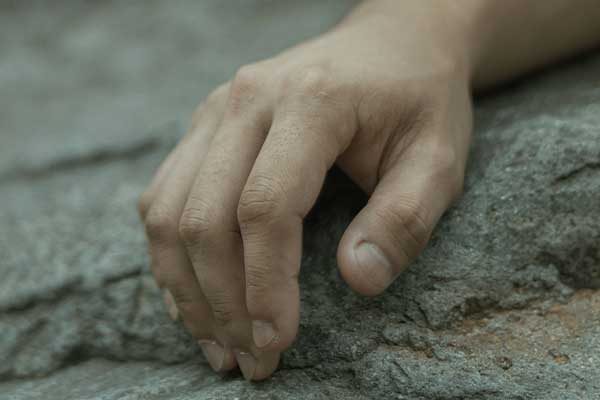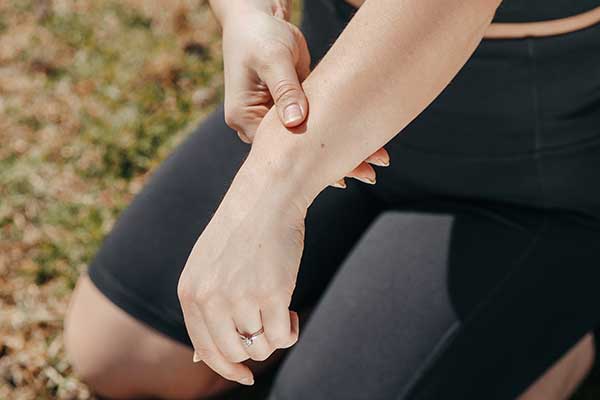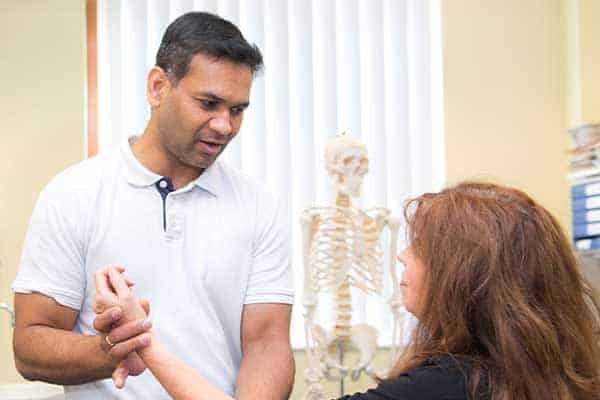Carpal tunnel syndrome (CTS) is caused by compression of the median nerve, one of the nerves that controls feeling and movement in the hands.
CTS can range from an inconvenience to a source of intense pain. A range of treatments are available and the treatment you may receive to deal with your CTS will depend in its severity and how long you have had it.
It is not likely to be necessary for you to have surgery immediately. Your treatment will begin with your GP, and then a referral to the musculo-skeletal physiotherapy service. Treatment may start with wrist splints to help keep your wrist in a neutral position. This prevents your wrist from bending and thus avoiding putting additional pressure on your median nerve.
An improvement in symptoms may be noticed within four weeks. Your GP may send you home with a wrist splint, but they can also be bought from large pharmacies or on-line.
Your doctor may also suggest corticosteroid injections, especially if wrist splints have not worked for you. Steroids are natural hormones produced in the body that can help reduce inflammation. Corticosteroids can be taken in tablet form, although for CTS they are usually injected straight into the wrist. One injection is given to see if this is the right therapy for you. If one injection has proved effective but the condition returns (which it sometimes does) this form of treatment may be repeated after a period of time.
If your CTS has not responded to wrist splints or corticosteroid injections the next step may be surgery. You should discuss this with your GP and your surgeon to make sure that all other forms of treatment have been exhausted and that you are made fully-aware of the implications of surgery.
This type of surgery is known as carpal tunnel decompression or carpal tunnel release. It is carried out as day surgery under local anaesthetic, which means you do not need to stay in hospital overnight.
The carpal ligament, which is the roof of the carpal tunnel, is cut to remove pressure on the median nerve in the wrist.
In most cases this type of surgery provides a complete cure.
After surgery your hand and wrist will be bandaged for 24-48 hours you should keep both elevated to reduce swelling – you will usually be asked to wear a shoulder sling. You will also be given some exercises by your physiotherapist to help with swelling and stiffness, such as gently moving your fingers, elbow and shoulder. This can begin on the day of your operation.
You can start to use your hand and wrist for light duties provided there is no pain or discomfort. It is recommended that you avoid using your hand and wrist for any strenuous or heavy activities for at least six weeks after surgery, until you have completely recovered.

Pocket Physio | Download now
Search for ‘Pocket Physio’ on the Apple App Store for iOS and the Google Play Store for Android to download for free.




